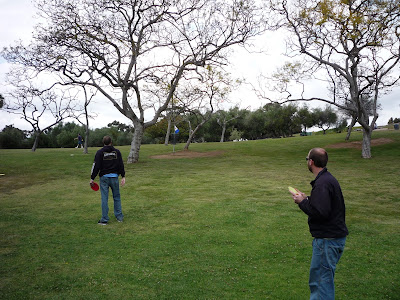I Am A Craft Brewer from I Am A Craft Brewer on Vimeo.
I just watched this short video and I thought it deserved mentioning. I think it was made for the Craft Brewers Conference. Take a look, if you need a little reminder of how cool and inspiring this craft brew scene is, I think you'll find it here.
Only one very small issue I have with this video: What's the deal with bashing the use of rice and corn? I understand that the big brewers use these grains to cheapen their cost and lighten the flavor, but that doesn't mean that corn or rice are intrinsically bad ingredients. If we agreed that they were bad simply because they lighten the grain bill, then we'd have to throw sugar into that group, which is a widely accepted addition to Belgian style ales, and many craft brewers in this America use it all the time. Also, there are plenty of examples of craft brewers using rice or corn. Ommegang uses corn in some beers. I know because I've seen large sacks of it at the brewery. So does New Glarus in their Spotted Cow. Patrick Rue (featured in the video) uses rice in the Bruery's Trade Winds Tripel.
Historically, corn was blended into the grist to make up for some of the shortcomings of 6-row barley, which contains too much husk materials, and can be astringent when used at 100%. It wasn't until big brewers decided to dumb down and cheapen their product that there was a problem. So I think we need to make this distinction (which I'm sure the film makers understand): The problem is the dumbing down of beer and food that comes from over-industrialization, not using certain ingredients that have fallen out of style.
Check out the book Ambitious Brew for a more in-depth look at American pre-prohibition brewing practice. It's a worthwhile and exciting read.















